Already a subscriber? Activate your premium account
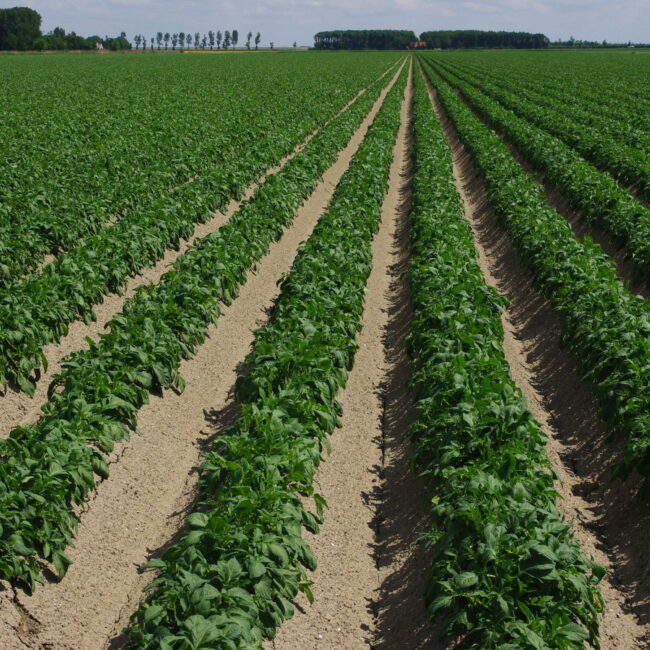
April 19, 2021 | Blogs
Which data sources to use for potato yield gap analysis
Yield gap analysis (YGA) consists of obtaining and processing data on potential, attainable and actual yields. These data come from modelling, experimental results and survey or national statistics. The YGA attributes differences between the three yield levels to yield-defining or determining, yield-limiting and yield-reducing factors. The yield-determining factors are those that a grower cannot…
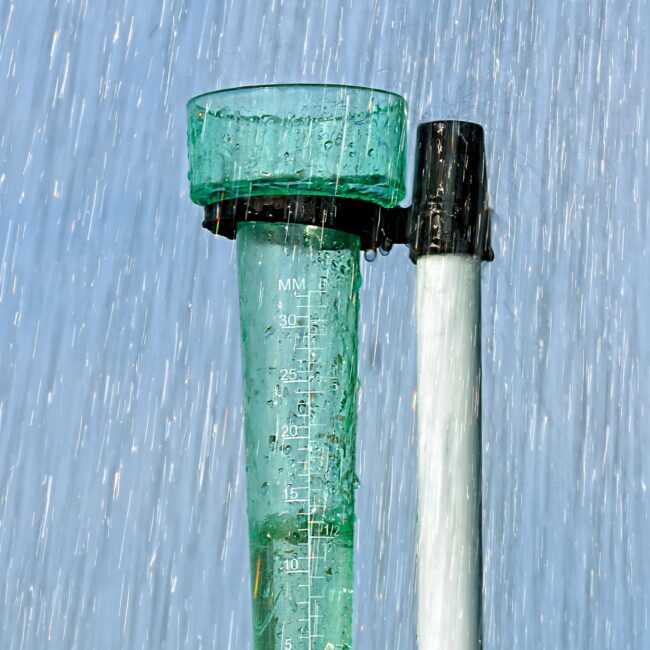
April 12, 2021 | Blogs
Get to know the effects of water on potato yields
The climatic factor that most affects yields in rainfed crops is precipitation, mainly as rain during the growing season. The water availability of the crop results from the soil water holding capacity, precipitation and evapotranspiration (ETP).
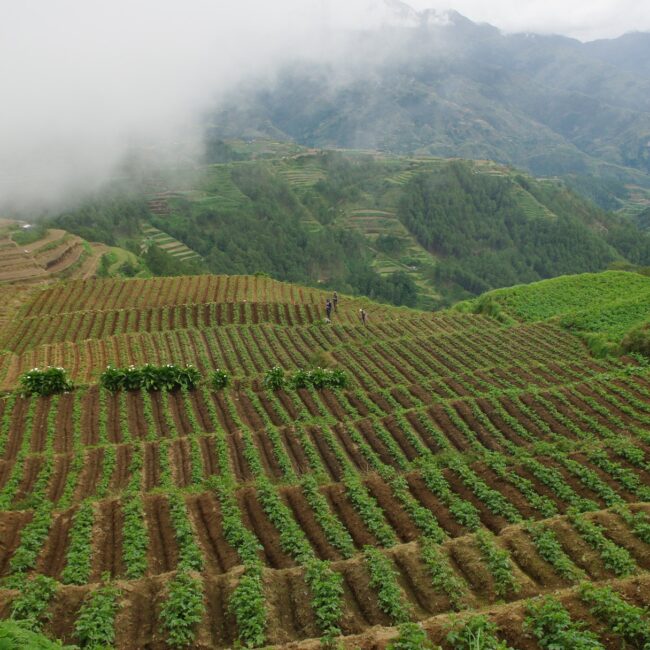
April 06, 2021 | Blogs
How to deal with intensive rainfall and slopes in potato planting
Where rainfall is intensive, leading to a risk of flooding and erosion, and when all operations from tillage through harvest are manual, using potato beds is common.
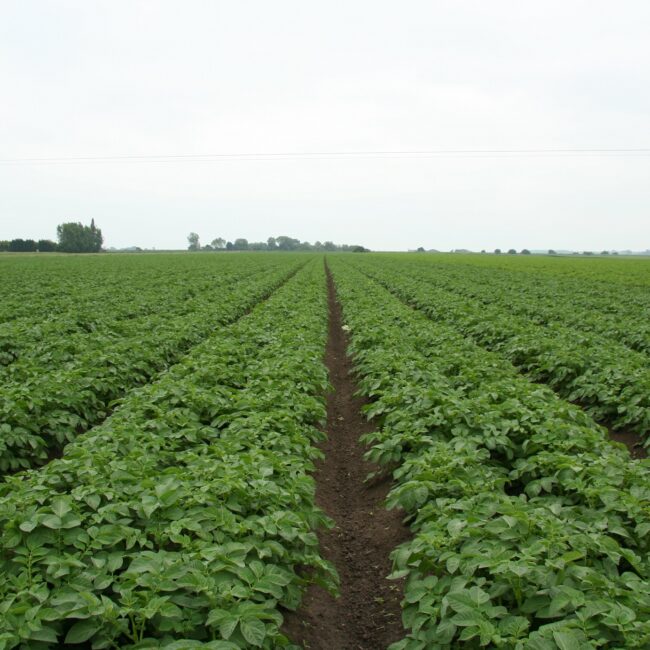
March 29, 2021 | Blogs
What are the working practices and common patterns in potato planting?
To optimally intercept solar radiation, the grower needs to create a crop that covers the soil with green foliage as fast as possible after planting. Planting the seed tubers superficially helps as this assures a rapid emergence. Planting seed tubers in a square pattern to rapidly allow plants to touch each other between and within…
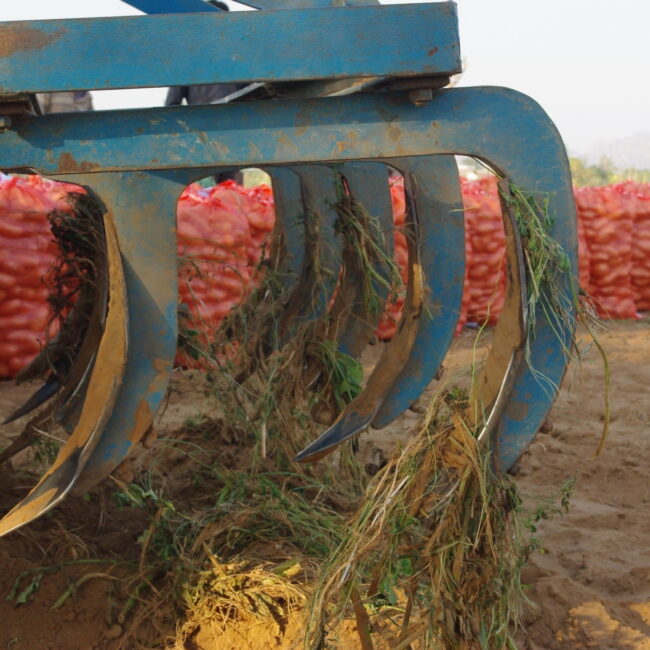
March 01, 2021 | Blogs
Pre-planting: Tillage methods in mechanized potato production systems
There are several tillage methods in mechanized production systems. Ploughing is the most common method, especially with a moldboard plough that overturns the soil. It first makes a rough seed bed, thereby burying leftovers of the previous crop and weeds. It also involves incorporation of manure or compost in the soil. A plough is comprised…
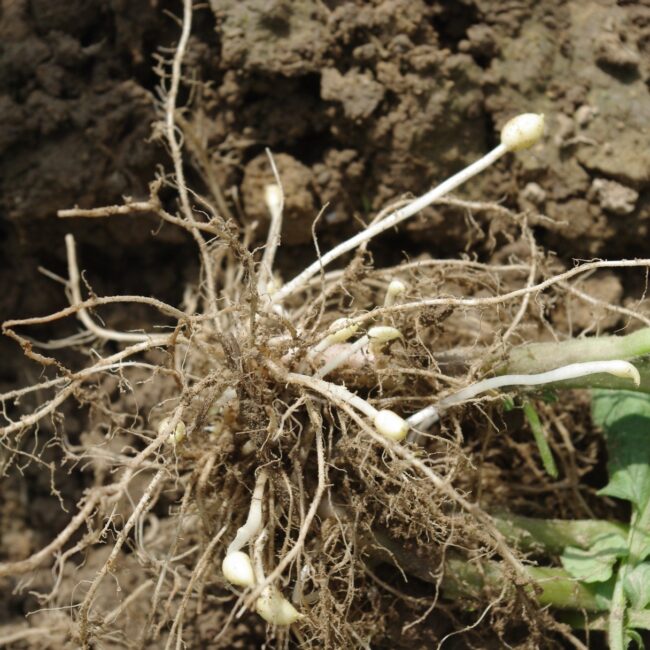
February 22, 2021 | Blogs
Decisions at planting: Potato planting material
Planting potato tubers means entrusting to the soil two aspects of propagation material. First there is the genetic material, a species and variety aimed at growing a crop adapted to the local conditions, resistant to the prevailing pests and diseases and producing the right quality specifications.
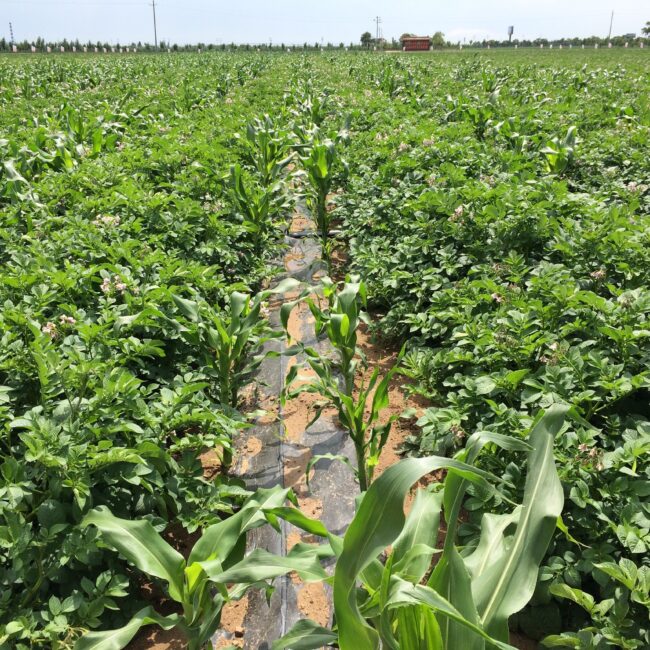
February 15, 2021 | Blogs
Mixing potatoes with other crops: intercropping
When potato is grown in a field with another crop, there is intercropping. There are several reasons why growers mix potato with other crops. Resource capture is a major one with, for example, maize tapping water and nutrients from deeper soil layers than potato. More water is made productive when the two crops are grown…
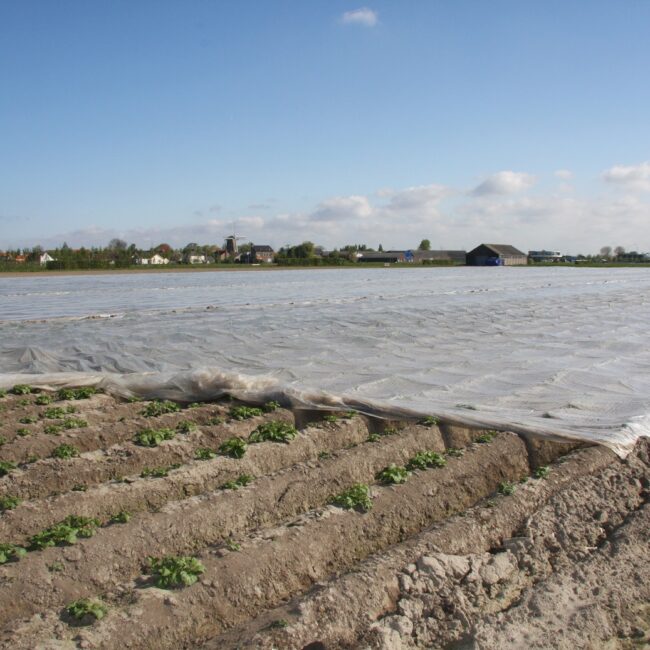
February 08, 2021 | Blogs
Altering the growing environment of potatoes with plastic sheeting
In large-scale commercial potato production, plastic sheeting is used to cover the soil after planting to raise the soil temperature. This is applied by a tractor-propelled machine over raised beds. The plastic is removed well after all plants have emerged and the greenhouse effect of the transparent plastic has served its purpose. It is removed…
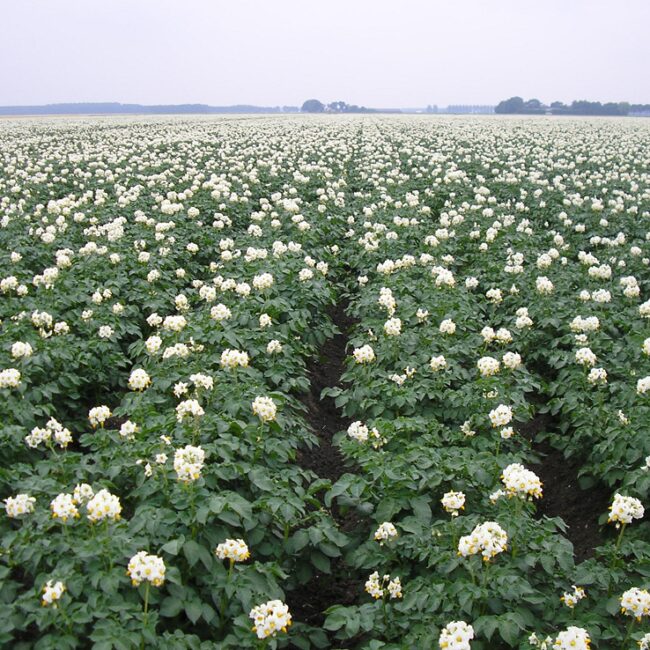
January 25, 2021 | Blogs
Environment dependence of cropping systems
In technologically advanced conditions, seed certification and inputs of chemicals contribute substantially to the yielding ability of the potato crop.
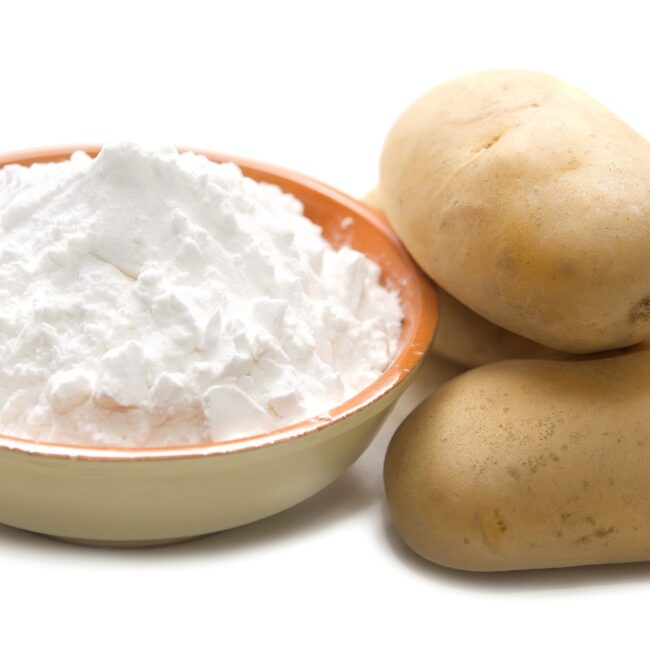
January 18, 2021 | Blogs
Photosynthesis and starch formation in potatoes
In the dark, no photosynthesis takes place. To the contrary, a reverse process occurs— respiration—whereby sugars are respired producing a molecule called ATP (adenosine triphosphate). ATP is formed from a phosphate ion (P) with adenosine diphosphate (ADP) thanks to solar energy or energy released by respiring sugars. ATP is the molecule that is used to…
©2015 - 2024 Potatoworld | Webdesign and realisation COMMPRO